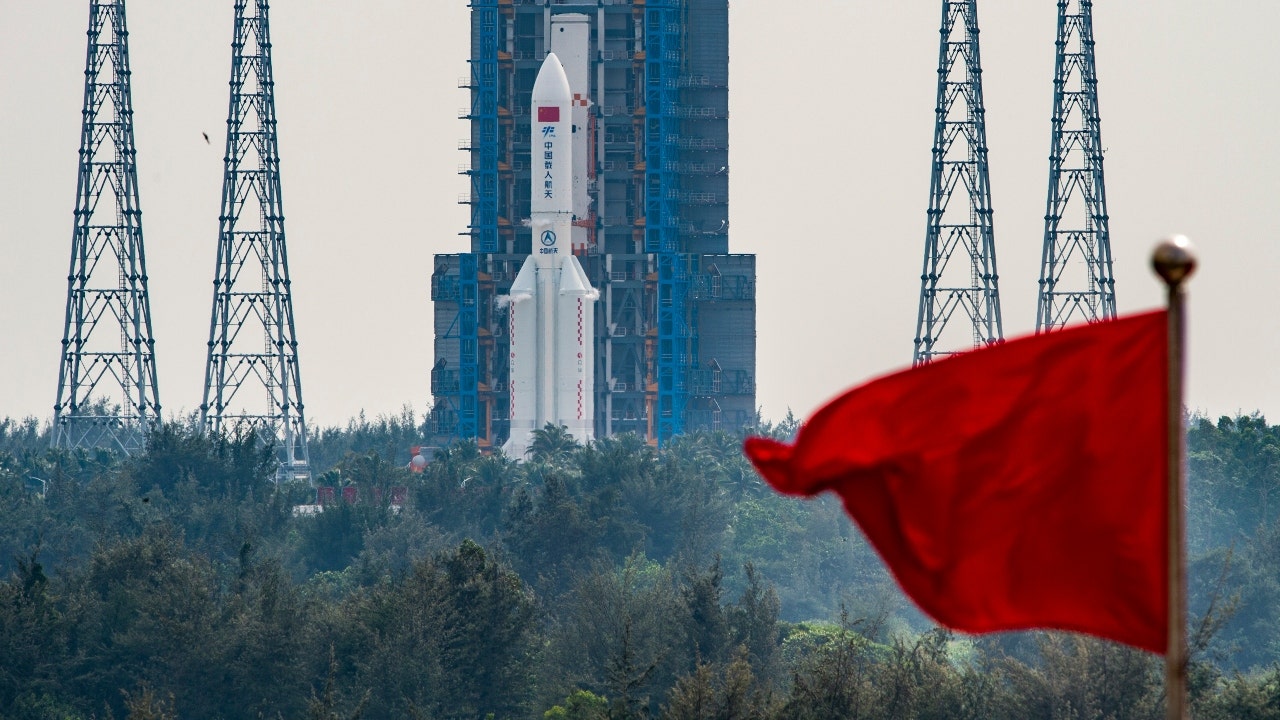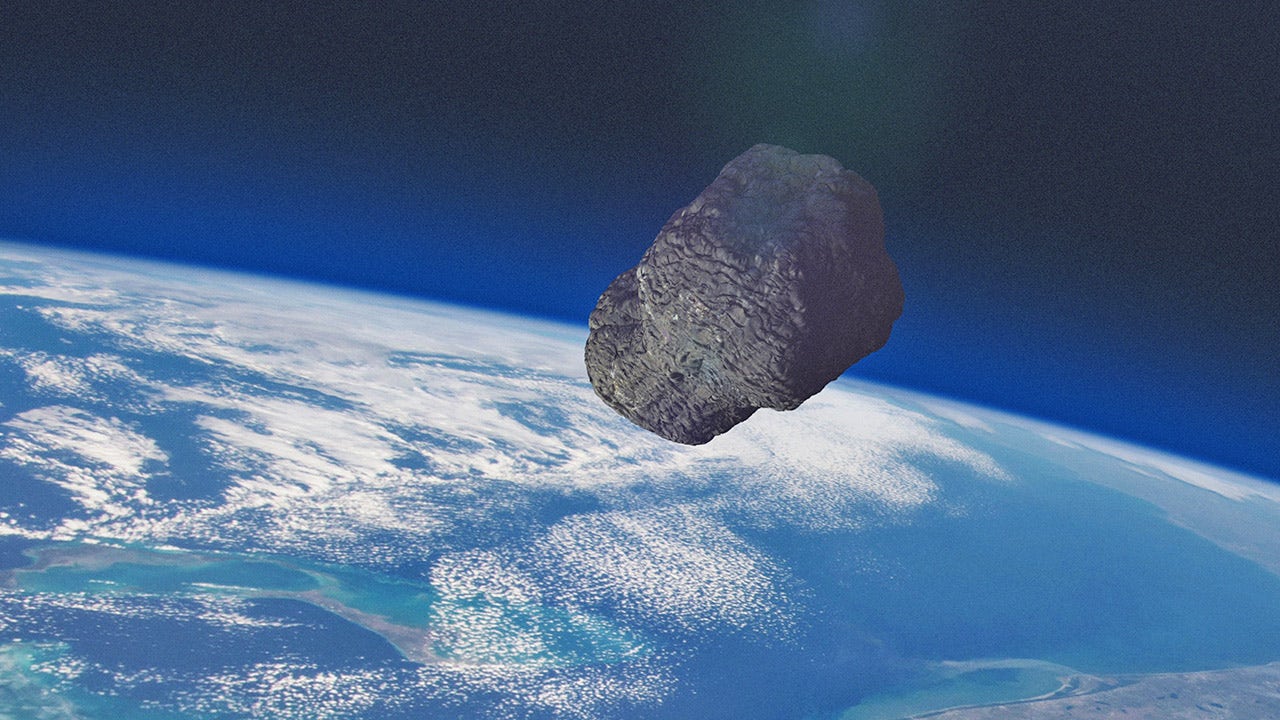Voyager 1, which is the farthest human-made object from Earth and the first to enter interstellar space, has been detecting a “faint, persistent hum” that scientists have attributed to interstellar gas.
Phys.org, citing research published in Nature Astronomy, reported that the spacecraft’s Plasma Wave System has picked up a “persistent signature produced by the tenuous near-vacuum of space.”
NASA SLAMS CHINA AFTER ROCKET DEBRIS LANDS NEAR MALDIVES FOR ‘FAILING TO MEET RESPONSIBLE STANDARDS’
James Cordes, a professor of astronomy at Cornell University, reportedly described the sound as a “quiet or gentle rain.”
“In the case of a solar outburst, it’s like detecting a lightning burst in a thunderstorm and then it’s back to a gentle rain,” he said.
Stella Koch Ocker, a doctoral student at the university, who lead the research, said, “We’re detecting the faint, persistent hum of interstellar gas. It’s very faint and monotone, because it is in a narrow frequency bandwidth.”
Voyager 1′s odyssey began in 1977 when the spacecraft and its twin, Voyager 2, were launched on a tour of the gas giant planets of the solar system.
After beaming back dazzling postcard views of Jupiter’s giant red spot and Saturn’s shimmering rings, Voyager 2 hopscotched to Uranus and Neptune. Meanwhile, Voyager 1 used Saturn as a gravitational slingshot to power itself past Pluto.
It is now about 15 billion miles from Earth.
Voyager 1 is about the size of a subcompact car and carries instruments that study magnetic fields, cosmic rays and solar wind.
The Associated Pres contributed to this report
 Iktodaypk Latest international news, sport and comment
Iktodaypk Latest international news, sport and comment






